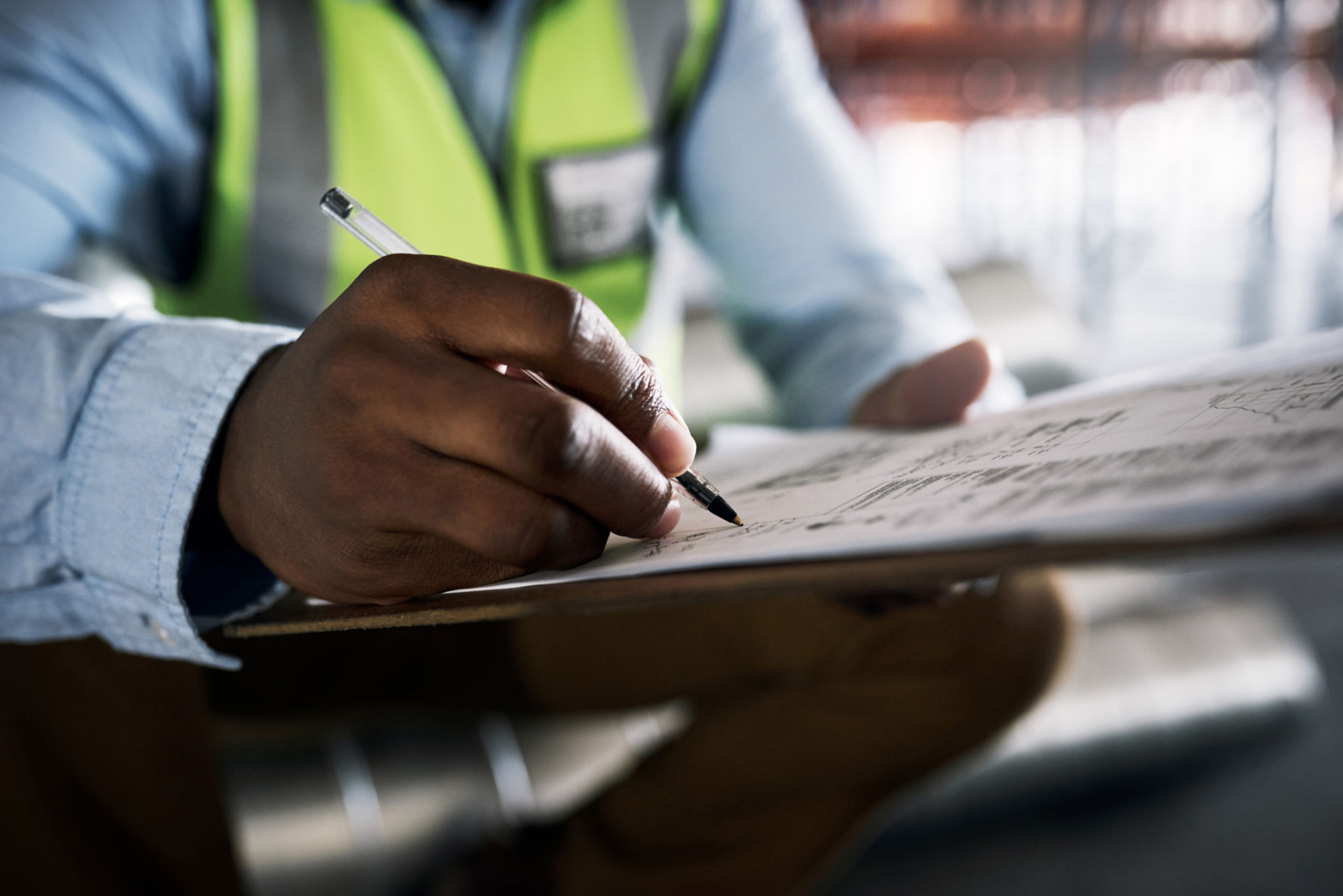How to Handle Defect Management in Building Services
Understanding Defect Management in Building Services
Defect management is a crucial part of ensuring quality in building services. It involves identifying, documenting, and rectifying defects that arise during construction or maintenance. Proper defect management not only safeguards the integrity of a building but also enhances client satisfaction and trust. In this post, we will explore effective strategies for managing defects in building services.

Identifying Defects
The first step in defect management involves thorough inspection and identification. Regular inspections should be scheduled throughout the construction process to catch any deviations from the original plans. Utilizing a detailed checklist can help in systematically assessing different areas of the building, ensuring nothing is overlooked. It's also beneficial to involve multiple stakeholders, such as architects and engineers, to get diverse perspectives on potential defects.
Modern technology plays a significant role in defect identification. Tools like drones and thermal imaging cameras can detect issues that might not be visible to the naked eye, such as heat loss or structural weaknesses. By leveraging these technologies, building service professionals can identify defects earlier and more accurately.
Documenting Defects
Once identified, defects must be meticulously documented. This documentation should include details such as the nature of the defect, its location, potential impact, and recommended corrective actions. Using defect management software can streamline this process by providing a centralized platform for recording and tracking issues.

Accurate documentation is essential not only for rectification efforts but also for future reference. It creates a historical record that can inform preventive measures in subsequent projects, thereby reducing the likelihood of similar defects occurring again.
Rectifying Defects
Rectification involves addressing the identified defects promptly and effectively. Prioritization is key; defects that pose safety risks should be addressed first. Establish clear communication with all parties involved to ensure everyone understands their roles in the rectification process.
- Consult with experts for complex issues.
- Ensure compliance with industry standards during repairs.
- Implement quality control measures to verify the effectiveness of corrective actions.
Preventive Measures
Preventing defects is more cost-effective than rectifying them. Implementing robust quality control systems at every stage of construction can significantly minimize the occurrence of defects. Training staff on best practices and encouraging open communication can also foster a culture of quality awareness.

Additionally, maintaining comprehensive records of past projects can provide valuable insights into common defects and their solutions, assisting in proactive planning and risk mitigation for future projects.
The Role of Communication
Effective communication is integral to successful defect management. Regular meetings between project managers, contractors, and clients can ensure everyone is aligned on defect handling strategies. Transparency in communication helps build trust and facilitates a collaborative approach to resolving issues swiftly.
Encouraging feedback from all stakeholders can also highlight areas for improvement, ensuring that defect management processes are continually refined and adapted to meet evolving industry standards.
Conclusion
Handling defect management in building services requires an integrated approach that combines technology, effective communication, and proactive measures. By focusing on identification, documentation, rectification, and prevention, building service professionals can enhance the quality and longevity of their projects, ultimately benefiting both their clients and their business reputation.
